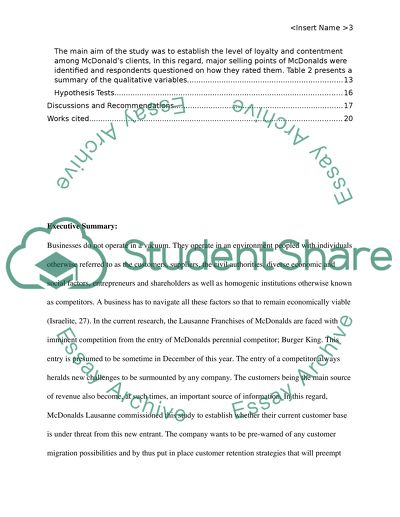Cite this document
(“The Impact of Burger King's Arrival in Lausanne Research Paper”, n.d.)
Retrieved from https://studentshare.org/marketing/1402293-marketing-research-project-the-impact-and
Retrieved from https://studentshare.org/marketing/1402293-marketing-research-project-the-impact-and
(The Impact of Burger King'S Arrival in Lausanne Research Paper)
https://studentshare.org/marketing/1402293-marketing-research-project-the-impact-and.
https://studentshare.org/marketing/1402293-marketing-research-project-the-impact-and.
“The Impact of Burger King'S Arrival in Lausanne Research Paper”, n.d. https://studentshare.org/marketing/1402293-marketing-research-project-the-impact-and.


